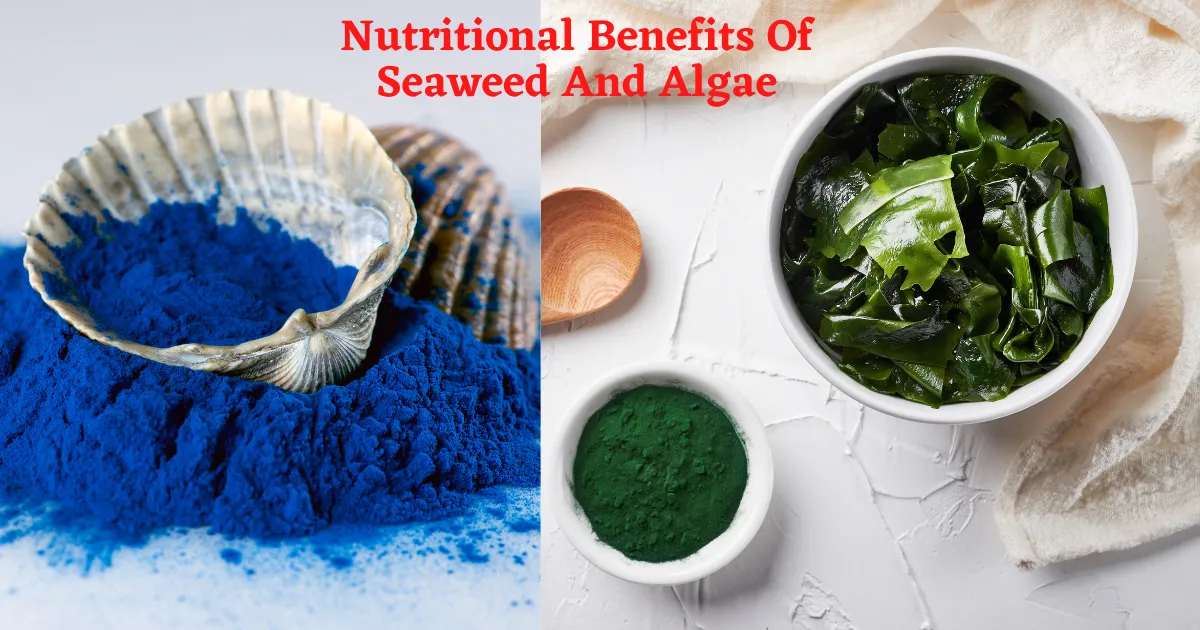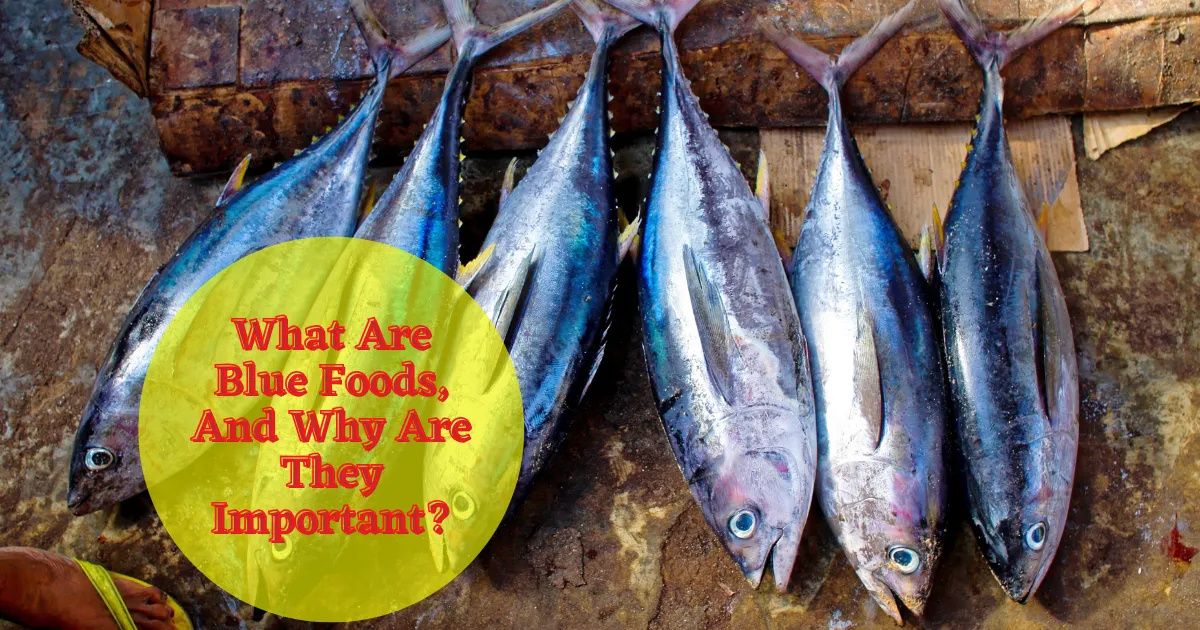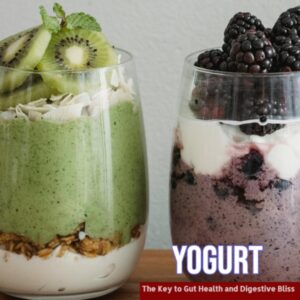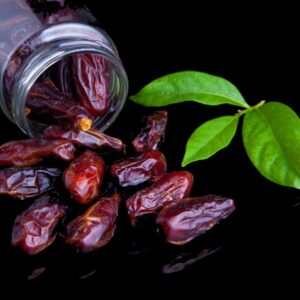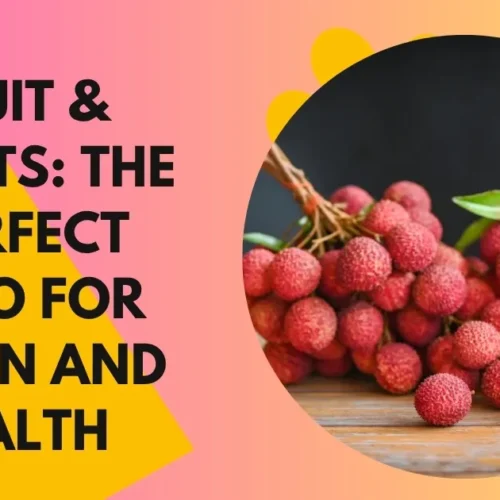Blue foods refer to the diverse range of foods that are harvested or farmed from aquatic environments, including oceans, rivers, lakes, ponds, raceways, and even controlled tanks. These foods include aquatic animals (like fish, shellfish, and crustaceans), seaweeds, and algae, all of which are vital to creating a food system that is nutritious, sustainable, and climate-resilient.
From wild-caught seafood to responsibly farmed aquatic produce, blue foods represent a growing sector of the global food landscape. They are not only rich in essential nutrients, such as omega-3 fatty acids, iodine, and vitamin D, but they also support a diverse range of diets. They can empower communities by offering economic opportunities, especially in coastal and developing regions.
Blue Foods – A Global Staple with Growing Demand
Blue foods are among the most highly traded food commodities globally, supporting the livelihoods of over 800 million people worldwide. They play a pivotal role in food security and nutrition, particularly in countries that depend heavily on fish and other aquatic species for protein.
However, as the global population continues to grow, the demand for blue food is increasing rapidly, placing added pressure on marine and freshwater ecosystems. This surge in consumption has fueled a wave of technological innovation, investment, and sustainable aquaculture practices aimed at meeting demand while protecting the environment.
🐟 Aquaculture: The Future of Food?
Aquaculture, often referred to as fish farming, is now recognized as one of the fastest-growing food production sectors globally. With innovations in recirculating aquaculture systems (RAS), offshore farming, and seaweed cultivation, the industry is pushing toward a more sustainable, traceable, and scalable model.
At the same time, global efforts are being made to reduce the environmental impact of aquaculture through improved feed efficiency, better waste management, and integrated multi-trophic farming systems that mimic natural ecosystems.
Sustainable Aquaculture Practices for Global Food Security
Sustainable aquaculture refers to the farming of fish, shellfish, and other aquatic organisms in a way that minimizes environmental impact, maximizes efficiency, and ensures long-term viability. As the global population grows, the demand for animal-based protein increases, making aquaculture a key solution for addressing global food security.
Key practices in sustainable aquaculture include:
Recirculating Aquaculture Systems (RAS): These closed-loop systems filter and reuse water, reducing the risk of pollution and conserving freshwater resources.
Integrated Multi-Trophic Aquaculture (IMTA): This technique involves growing different species together, such as fish, shellfish, and seaweed, to create a balanced ecosystem. The waste produced by one species serves as food for another, reducing environmental waste.
Efficient Feed Management: Aquaculture feed makes up a significant portion of production costs and environmental impact. Sustainable aquaculture focuses on improving feed conversion ratios, reducing the use of wild-caught fish in feed, and incorporating plant-based or alternative protein sources to enhance sustainability.
Offshore Fish Farming: Moving fish farming operations offshore helps reduce the impact on coastal ecosystems and provides more space for sustainable farming practices.
These practices are crucial for feeding the growing population while protecting ecosystems, ensuring that aquaculture can contribute to global food security without depleting natural resources.
Nutritional Benefits of Seaweed and Algae – Blue Foods
Seaweed and algae are powerful, nutrient-dense foods that offer significant health benefits. These marine plants are rich in essential vitamins, minerals, and bioactive compounds that can support overall health and nutrition.
Key nutritional benefits include:
Rich in Iodine: Seaweed is an excellent natural source of iodine, a vital nutrient essential for maintaining thyroid function and promoting metabolic health.
High in Fiber: Seaweed is rich in dietary fiber, which helps regulate digestion, promote gut health, and prevent constipation.
Antioxidants: Seaweed contains compounds such as carotenoids and flavonoids that help combat oxidative stress, thereby reducing the risk of chronic diseases, including heart disease and certain types of cancer.
Omega-3 Fatty Acids: Some algae species, particularly microalgae, are rich in omega-3s, which are beneficial for heart health and brain function.
Minerals: Algae are an abundant source of essential minerals like calcium, magnesium, iron, and zinc, which support bone health, immune function, and oxygen transport.
Protein: Certain types of algae, like spirulina and chlorella, offer a plant-based protein source, making them a great addition to vegetarian and vegan diets.
Incorporating seaweed and algae into diets can boost nutritional intake while providing sustainable alternatives to conventional animal-based proteins.
Environmental Impact of Blue Food Systems
Blue food systems, including those based on seafood, fish farming, and aquatic plants, can have both positive and negative environmental impacts. While they offer sustainable alternatives to traditional meat production, they must be carefully managed to avoid depleting marine ecosystems and harming biodiversity.
Key environmental concerns include:
Overfishing: Wild-caught fish populations are under threat due to overfishing, which disrupts marine ecosystems and puts species at risk of extinction.
Pollution from Aquaculture: Fish farming can contribute to water pollution, including excess nutrients from uneaten feed and fish waste, which can lead to algal blooms and damage surrounding ecosystems.
Habitat Destruction: The expansion of aquaculture can sometimes lead to the destruction of critical habitats, including mangroves, seagrass meadows, and coral reefs.
Carbon Footprint: Like all forms of food production, blue food systems also have a carbon footprint, particularly if energy-intensive methods are used in farming and transportation.
However, the environmental impact of blue food systems can be mitigated through sustainable aquaculture practices, eco-friendly farming techniques, and responsible sourcing that prioritize ecosystem preservation and resource conservation..
Climate-Friendly Protein Sources from the Ocean
As the world faces the challenges of climate change, finding climate-friendly protein sources is becoming increasingly important. Blue foods, particularly fish, seaweed, and algae, are considered more sustainable than land-based animal proteins for several reasons:
Lower Greenhouse Gas Emissions: Fish farming, mainly when managed sustainably, generally produces fewer greenhouse gas emissions compared to cattle or poultry farming.
Carbon Sequestration by Seaweed: Seaweed and algae absorb carbon dioxide from the atmosphere, thereby contributing to carbon sequestration and mitigating the overall impact of climate change.
Efficient Feed-to-Protein Conversion: Fish, especially species like salmon, are highly efficient in converting feed into body mass compared to land animals, reducing the need for large-scale land use.
Sustainable Feed Alternatives: Advances in algae-based feeds for aquaculture are reducing the reliance on wild-caught fish for feed, helping to preserve marine ecosystems.
Blue foods, as a protein source, are not only more climate-friendly but also offer a viable solution for enhancing food security while minimizing environmental impact. By prioritizing these resources, the global food system can move towards a more sustainable and climate-resilient future.

